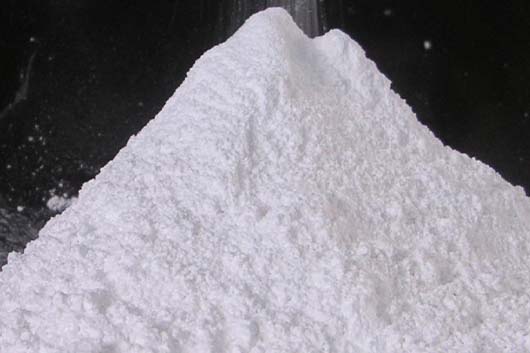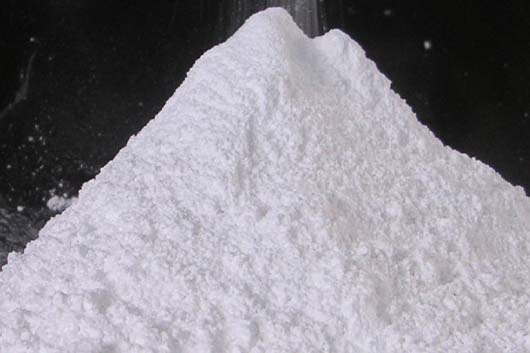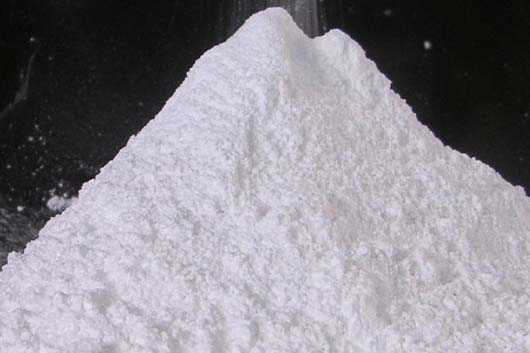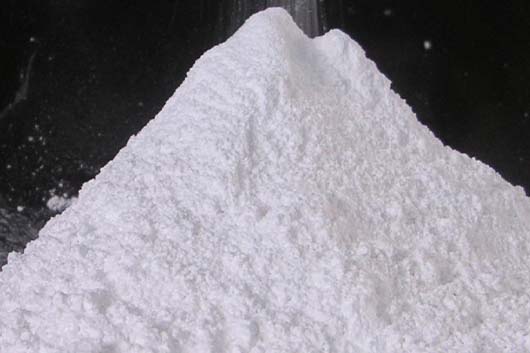- Discover The Magic Within Shining Minerals
- +91-9414167212
- anenterprises@gmail.com

What is the packaging and storage recommendation for Steatite Powder?
December 29, 2023
Can steatite powder be mixed with other materials?
December 29, 2023With the ever-evolving landscape of 3D printing, material innovation plays a crucial role in expanding the horizons of this technology. Steatite Powder, also known as Talc or Soapstone Powder, has emerged as a promising candidate for various industrial applications. This naturally occurring soft mineral is not only valued for its heat resistance and lubricating properties but is now finding its way into the realm of 3D printing. Being leading Steatite Powder manufacturers in India, we understand that people should know genuine knowledge about this mineral’s importance in the printing field. Thus, in this blog post, we will explore the fascinating potential of Steatite Powder in 3D printing and the exciting possibilities it presents to the additive manufacturing industry.
The Rise of Steatite Powder in 3D Printing
Steatite Powder’s unique properties make it an intriguing material for 3D printing. Its softness and platy structure allow it to be easily extruded or sintered, making it suitable for use in powder-based additive manufacturing processes. One such process is powder bed fusion, where a thin layer of the powder is selectively fused by a laser or electron beam to create the desired object layer by layer.
Benefits of Steatite Powder in 3D Printing
- Heat Resistance: It exhibits remarkable thermal stability, making it ideal for applications where high-temperature resistance is crucial. In 3D printing, this property enables the creation of parts and components that can withstand elevated temperatures without losing their structural integrity.
- Electrical Insulation: With its excellent dielectric properties, it is an excellent choice for manufacturing electrical insulators through 3D printing. These insulators can find applications in various industries, including electronics and power distribution.
- Low Coefficient of Thermal Expansion (CTE): Its low CTE ensures that parts retain their shape and dimensions even under fluctuating temperature conditions. This property is particularly advantageous for precision engineering and aerospace applications.
- Dimensional Accuracy: It has been proven to produce 3D printed objects with high dimensional accuracy and minimal warping. This feature is vital for industries where precision and consistency are paramount.
Applications of Steatite Powder in 3D Printing
- Ceramics and Foundry: It is widely used in ceramic 3D printing due to its ability to produce intricate and complex ceramic objects with excellent heat resistance. The foundry industry can also benefit from 3D printed sand molds and cores made with this compound, enhancing efficiency and reducing lead times.
- Electrical Components: As mentioned earlier, its electrical insulating properties open doors to fabricating custom electrical components with complex geometries, ideal for high-voltage and high-temperature applications.
- Aerospace and Defense: The aerospace sector demands lightweight, high-performance components that can withstand extreme conditions. 3D printed parts using Steatite Powder can meet these requirements, offering a viable alternative to traditional manufacturing methods.
- Tooling and Jigs: Its heat resistance and dimensional stability make it a suitable material for 3D printed tooling, jigs, and fixtures. These can be tailor-made for specific manufacturing processes, thus streamlining production workflows.
Conclusion
Steatite Powder’s foray into 3D printing has sparked excitement and curiosity within the additive manufacturing community. Its unique combination of heat resistance, electrical insulation, and dimensional stability presents new opportunities for various industries, ranging from aerospace and electronics to ceramics and tooling. As advancements in material science continue to push the boundaries of 3D printing technology, Steatite Powder stands as a shining example of how nature’s gifts can be harnessed to revolutionize modern manufacturing processes. At last, with a focus on innovation and customer satisfaction, A.N. Enterprises strive to stay at the forefront of emerging technologies and materials in the ever-evolving industrial landscape and deliver the finest quality in minerals.




